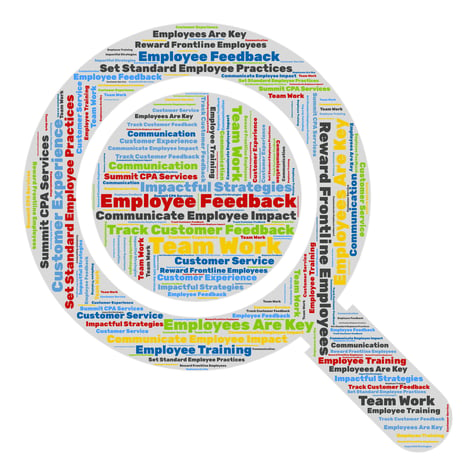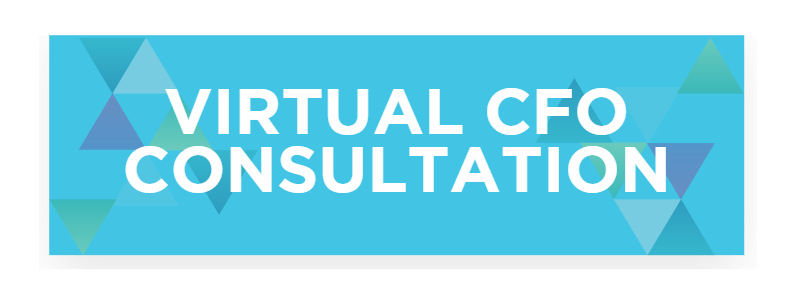Customer experience (also known as CX) is becoming increasingly important. Now more than ever, customers have a range of companies to compare, and they are often choosing the company that offers the best customer experience. Even if a service costs more, clients are willing to pay for more value and better experience. That’s why it is important for every business to pay attention to how CX could be improved even if your customer experience ratings are already high.
One of the many factors that dramatically improve customer experience is employee experience. After all, your brand perception is based on the interactions customers have with your company. Many of these interactions are facilitated by customer facing employees.
If you are interested in retaining and attracting more customers, it’s important that you invest in optimizing your CX for better results, including your employee experience. Let’s dive into how employee experience and customer experience are connected.
Understanding Customer Experience
While there are many factors that influence customer experience, it is becoming evident that employees play a large role in customer satisfaction. This is evident in the growth of customer experience roles such as Chief Experience Officer. If your employees interacting with customers aren’t aware of what is going well and what isn’t going well, they don’t know which practices increase or decrease CX. We suggest involving your employees in creating or improving your customer experience strategy.
To provide feedback to your employees on what is or isn’t working, you have to first measure customer experience. Surveys implementing NPS (Net Promoter Scores) and five-star ratings can give you a great idea of the experience your customers have with your company. NPS helps you analyze customer advocacy within your customer base. Scores range from negative 100 to positive 100. Anything above zero is considered good. Examples of NPS questions are:
- How likely are you to recommend Summit CPA Group to a friend or peer?
- How was your experience with your agent today?
Participants rank their responses to these questions on a scale from 1 to 10. Responses are broken out into detractors (0-6), passives (7 and 8), and finally promoters (9 and 10). To get a final NPS, the percentage of detractor responses you receive are subtracted from the percentage of promoter responses. This value, as previously mentioned, will fall between -100 and +100.
NPS gives you an idea of how well your company is performing overall. To effectively understand how our engagement is looking over time, we send NPS surveys out every 6-months. On the other hand, Summit CPA Group uses five-star rating surveys once a month to gain an understanding of what is going right or what could be improved. The reason these surveys are done monthly is to provide changes on a quicker and more active basis. In fact, during the 8-week onboarding process, we send five-star surveys every week. If we learn what we are doing well right away, we can let our team know what actions are creating phenomenal experiences for our clients. Conversely, if we learn of practices or instances that could be improved, we can implement changes quicker and more efficiently. Regardless if responses are positive or negative, we respond to all feedback given to us by our clients to let them know that we are truly listening to what they are sharing.
Creating an impactful customer experience strategy requires focus and clear processes. The first step in creating a successful strategy is measuring. The next step is to put results in the hands of your team. Providing customer feedback to those impacting CX most is very important. Make sure your customer-facing teammates have the information they need to implement change.
Change Implementation: Your Employees Are Key
Implementing customer experience change begins with involving your teammates, especially the customer-facing members of your team. Once you have feedback from surveys and determine how to address the concerns that respondents may have mentioned, deciding how to encourage your team to implement new practices and improving customer experiences is the next step. Start by considering how your employees could own initiatives to improve CX. When individuals feel like they can own a piece of the strategy, they are more likely to participate and engage.
Also, determining the best method to communicate what behaviors employees should be continuing or changing to enhance CX should be considered. Most data based on psychological research suggests that positive reinforcement works best to initiate change. Reward and recognition programs may motivate employees to change or continue positive behaviors. Even informal praise can be a reward to encourage experience improving actions. Recognizing your employee’s hard work and effort can go a long way to improving customer experience.
Enacting a method to provide active feedback to employees on regular intervals can give employees strategies to implement sooner rather than later. Waiting until a six month or year review leaves little room to make changes when they could have the greatest impact on customers. Keep in mind, you should provide resources and training to empower employees rather than critical feedback with no solutions.
Communicating Employees’ Impact
Helping employees understand how they fit into the bottom line is also important. Your bottom line is generally going to be overall business outcomes. Employees are part of the business. That’s why teammates need to understand how their job affects the company and how they can improve the success of the company through their position.
By letting employees know their impact, they become far more engaged, motivated, and understanding of how their actions can improve customer experience. In addition, your employees working directly with customers may have feedback they’ve received directly from the source. Empowering them to understand their impact may also give them confidence to share their knowledge with the rest of your team.
Collecting Employee Feedback
Don’t just collect feedback from your customers. It’s important to collect feedback from your team, as well. Go beyond collecting feedback on your employees’ feelings and thoughts about the company; have your employees rate their overall feelings of working with customers. Why is this important? Collecting this feedback can help you determine if there is a mismatch between the customer and employee. Ultimately, determining if improvements can be made to employee experience impacts the overall happiness of customers. After all, happy employees bring their best to work and create an improved experience for customers.
Bringing It All Together
Remember, enacting changes to customer experience strategies can feel daunting to your employees. Taking your plans one step at a time can help your team create a successful customer experience strategy rather than trying to do it all at once and creating overwhelm. Some organizations may achieve CX goals in one year. Others may take three months. That’s okay! Just remember to actively involve employees in your plans and break it down into tiny steps.
Start by setting standard practices that your employees can follow. Something as simple as a mission or value statement can send employees down the right path for improving customer experience. Second, begin tracking customer feedback and sharing results with your team. Third, empower and reward your frontline employees to enact changes or continue certain practices that improve CX. By following these guidelines, your employee’s experience will improve and ultimately positively impact not only customer experience but your revenue and company efficiency, too!
Are you ready to get an edge on your competitors? At Summit CPA we offer multiple resources and techniques to help you get on the right track to attain your goals. For more information on how we can be of assistance to your company, contact our office at (866) 497-9761 to schedule an appointment with our advisors.
.png?width=120&height=77&name=Summit-Virtual-CFO_color_rgb%20(1).png)













